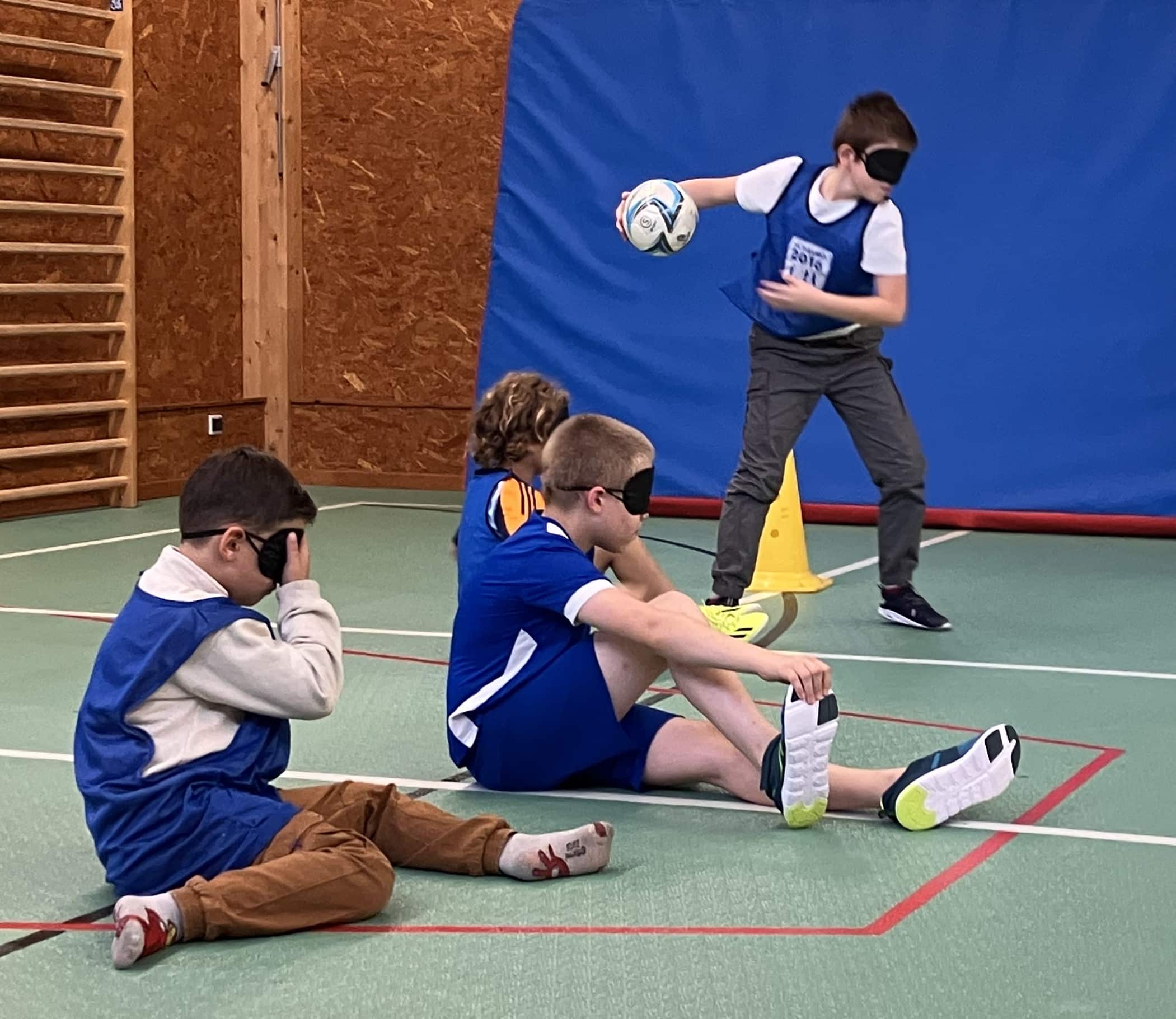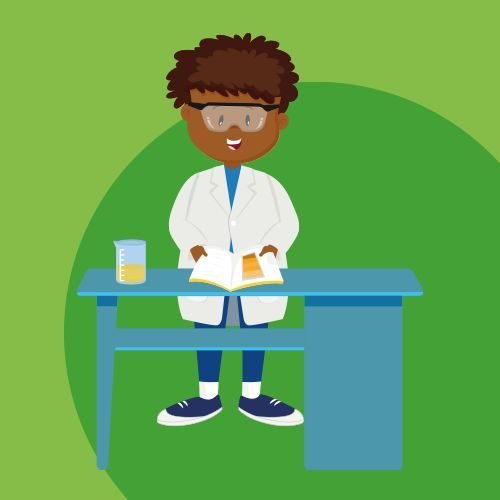Robotic Arm
Your Mission: Design and build a robotic arm to perform some simple tasks.
- discover relationships between the length of a robotic arm and the level of difficulty to grab objects
- investigate importance of hinges in arm function
- collaborate in designing an arm
- test various materials for grippers end effectors
- compare and modify designs based on how well they meet performance criteria and constraints
- Robotic Arm:
- 96 popsicle sticks
- 24 erasers or sponge pieces
- 12 sets of chopsticks
- 12 pairs of tweezers
- 12 storage bins
- 12 ping-pong balls
- scissors
- cotter pins
- hole punch or awl (leather punch)
- End effector:
- styrofoam or paper cups (2 per end effector)
- 12-cm pieces of string (3 per end effector)
- cellophane tape
- plastic picnic knives (serrated)
- straw or lollipop (1 per end effector)
Explore more Mission X activities!
Your Mission: Measure different body parts and explore how these measurements might change in space. How tall are you? Are …
Astronauts need brains and brawn! Using your coordination, endurance and quick thinking, perform five jumping jacks, with a star-jump finish, …
Your mission: Sharpen your senses to score the most goals and develop your reflexes. This resource was created by CNES, …
Your Mission: Complete an agility course as quickly and as accurately as possible to improve agility, coordination and speed. When …
Your Mission: Perform a climb training activity on wall bars or a rock wall to improve balance and coordination, and …
Did you know that jumping might be a key activity in keeping astronauts healthy in space? Try some jump rope …
Your mission: Learn the basics of martial arts (karate) to defend yourself against simple attacks and, in case of emergency, …
Your Mission: Perform the Commander Crunch and Pilot Plank to improve the strength in abdominal and back muscles. Astronauts in …
Join ESA astronaut, Samantha Cristoforetti and Jaime from Cosmic Kids on a brand new adventure… Yoga in Space! Follow along …
Your Mission: Explore the importance of hydration and identify the signs of dehydration. Since our bodies are made up of …
Tag:Human Body, Problem-solving, Science










